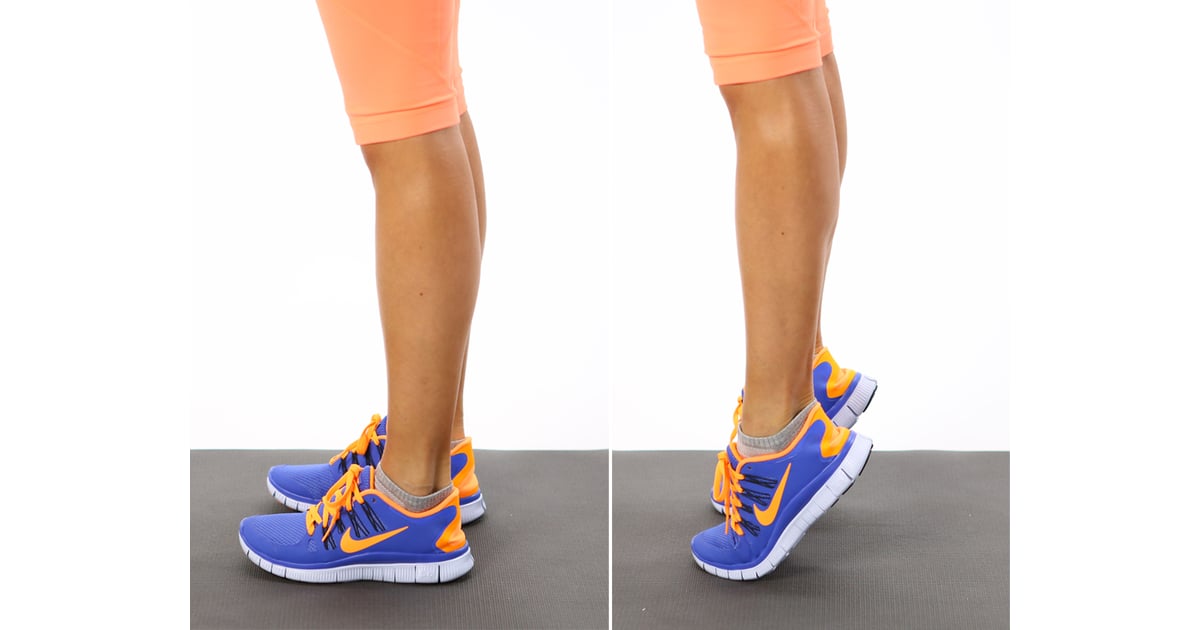Firstly, thank you very much for your kind words. Having competed in natural bodybuilding all over the world, and being a certified personal trainer and nutritionist, this has been my whole life, so if I can share that with anyone who is willing, then I consider myself fortunate.

I am extremely sorry to hear about the prostate cancer, seriously hope you come out stronger than ever. From an activity perspective, you are doing well with the walking and the tennis, so major kudos for that. Going with the information you have provided, I would suggest two total body workouts, that should be completed within the hour. I would like for you to incorporate whole body movements here using the kettlebells, so lets take a deep dive into what is good to do.
Kettlebells - One arms swings, now with a lighter kettlebell you can do full swings where you bring the swing all the way up to the top, or if the weight is a little heavy, focus on patial swings and get the weight at least to the level of your eyesight. Make sure you are getting in deep squats when doing this, so you are engaging your core muscles, glutes, hamstrings, to work along side your quads. Keep your stomach allows tight, so your entire midsection stays stimulated. You can start by doing 10 reps on one side, then switch up and do 10 reps on the other side, the beautiful thing here is the creativity you can bring, you can even alternate each arm at the bottom of the swing if you so wish. The idea here is to work all the muscles, get the heart rate going and pump blood all over.
The kettlebell swings can be followed up with kettlebell snatches. Take a weight you are comfortable with off the floor and powerfully snatch it over head, start light to get the movement right, you are basically trying to launch the dead weight into orbit, straight up to the ceiling. You again can do 10 reps each side, or alternate the arms. Another exercise you can do with moderate size kettle bells is hold one in each hand, have them rest on your shoulders while you hold them, and do a deep squat into a shoulder press, this is a fantastic exercise for burning calories, and maintaining muscle mass.
Finally for kettle bells, if you do have any heavy ones, you can do goblet squats and alternate to sumo squats to work the outisde and inside of your quadriceps as well as your glutes. Hold a single heavy kettlebell in front of you, close to your body and perform the exercises, keep a good posture, with back being straight. You can do standing calf raises on the steps in your home, pausing at the top while hold the weight, and also do bent over rows to work your back by using a bench, a table, a stool to get into a 90 degree position and perform the exercise.
Dumbells - for arms I would suggest to do standing and sitting dumbbell curls, here again, you can alternate, or to make it more challenging, you can do both arms together. Remember that sitting down for this is hard that standing up as it prevents momentum swings. I would also recommend that you use them to work all three heads of your shoulder, the anterior, lateral and posterior head, by performing front, lateral and posterior raises.
Resistance bands are fantastic for everything. Everything thing I have suggest above and more can be done, there is not limit here.
And since you have the lat machine, and seated cable row machine, your back will get enough training. Focusing on changing your grip positioning, overhand and underhand training both are important, when you bring your arms doing, pause for a moment, feel the contraction, and slowly let your arms go back to their original position. And don't forget to get in some push ups and work your abs directly with planks, ensuring you are doing side planks to keep everything tight.
Good luck!


